Content advisory: This article contains descriptions of sexual abuse and graphic violence, please take care while reading.
Every now and then there are true crime cases that are so horrific they defy comprehension. Even worse, the acts are senseless and so depraved that the question of “why” is never really answered. This is what happened to San Francisco resident George Randall-Saldivar at the hands of Gerald Rowe and Angel Anderson, both recently convicted of first degree murder with poisoning and torture.
The crime happened on Feb. 3, 2019 on the 1200 block of Market Street, in the famed city. After the torture and rape, Rowe and Anderson zipped Randall-Saldivar’s barely breathing body into a suitcase and waited for him to die. They dumped him in the San Francisco Bay, and he wasn’t found until two weeks later by a random San Fran resident. So how did this terrible crime happen?
Randall-Saldivar’s story ended in 2019, but it began in circumstances that were already inherently brutal. When he was only 8 years old, Randall-Saldivar was found walking the streets in San Francisco’s Chinatown neighborhood by himself. He had a mother that didn’t care about him, and was unfortunately and utterly alone.
Social workers placed in the foster care system, and by a stroke of luck, he was adopted in 2004 by gay couple Mark Randall and Chris Saldivar. This was, by the way, a long time before gay marriage was legalized, and back when two men raising a child was not the easiest thing to do. Randall-Saldivar was 10 years old when he was adopted, having been bounced around from foster home to foster home. He was considered a “special needs” child and was medicated, and he exhibited a number of behavioral issues.
However, he improved after being adopted. He got off his medicines and started to straighten out. In a 2006 interview with the Bay Area Reporter, Mark Randall said if they didn’t make a difference with the child it was unlikely he would be put up for adoption another time.
“If you go by statistics, in seven or eight years he would have ended up homeless, drug addicted, or in prison,” he said. “It is pretty clear-cut and almost unbearable to think about.” Unfortunately, fate had worse things in store for Randall-Saldivar.
Bevan Dufty, a former San Francisco supervisor and current president of the BART Board of Directors, told the San Francisco Chronicle that his parents “loved” him dearly and worked very hard to support Randall-Saldivar and help him “build good character.”
“He was a very gracious and kind person — even in trying circumstances. All of us who know him have admiration for his parents and are devastated at the loss they’re experiencing,” Dufty said.
It wasn’t just lip service, either. Mark Randall and Chris Saldivar were active in the city and part of an LGBT friendly runners’ group named the Frontrunners. Randall-Saldivar grew up in this supportive environment of the between 60 to 100 athletes, who would often fawn over the young man.
“He was precocious and confident and had a great smile,” Dufty said. “He enjoyed the smile of all these adults in the gay and lesbian community. We really watched George grow up.”
Like many troubled youths, Randall-Saldivar found his teen years to be challenging. He experienced what Dufty referred to as a “series of stops and starts.” Still, he took classes at the local college and worked various service jobs as he tried to make his way in the city.
With the help of Larkin Street Youth Services, he found housing in the Tenderloin district. Dufty had even ran into the young man at a train stop. He said they chatted for a bit and kept the conversation light. He wanted to stress that Randall-Saldivar had “so much potential and possibility” and that his murder was a “tragedy” because of what the young man could become.
This brings us to the horrid crime itself. What we do know is that Randall-Saldivar was somehow acquainted with the defendants. The crime was captured on on video, and it shows defendant Rowe and his co-defendant Anderson having a consensual sexual encounter before Randall-Saldivar shows up at the apartment.
There is another sexual encounter, and then Anderson threatens Randall-Saldivar with a machete, and Randall-Saldivar is tied up with his hands behind his back with duct tape, a strap and zip ties. The defendants placed a noose around Randall-Saldivar’s neck tethered to a pulley in the ceiling, and it’s while Randall-Saldivar’s in this helpless and compromised position that the majority of the torture occurs.
In what have must have been a terrifying four hours, Randall-Saldivar is punched, yelled at, hit, sodomized, attacked with pliers and finally, a bag is placed over his head. It’s around this time that Rowe leaves the apartment to buy fentanyl.
During Rowe’s trial last month, Assistant District Attorney Charly Weissenbach made it very clear how he felt about the murder, telling jurors the trial showed “some of the most egregious charges and horrific facts anyone should ever have to hear, let alone experience. While this conviction cannot undo the hours of torture and painful poisoning experienced by the victim, it does condemn the depravity of the defendant’s acts along with the inhumane way he handled the victim’s remains when he threw him into the Bay like garbage.”
When Rowe returned with the fentanyl, he and Anderson then injected Randall-Saldivar with the dangerous drug mixed with water. It only took about a minute for Randall-Saldivar to begin to convulse violently and gasp for air.
While he was still conscious, the pair untied Randall-Saldivar and stuffed him into a big rolling suitcase, which they zip up and left laying around. It took about 20 hours for Randall-Saldivar to die while suffocating inside the suitcase in a corner of the apartment.
At one point, one of the defendants ate junk food over the suitcase and during another played electric guitar over it. Eventually, the pair put on disguises and rolled the suitcase into the Market, where it was dumped, only to be found later.
Once the body was found, Anderson went to the police to confess, trying to take the blame and remove any heat from Rowe. Anderson was convicted and Rowe, who was eventually arrested, pleaded not guilty, but the jury convicted him as well.
The pair are scheduled to be sentenced on March 18. Rowe faces life without parole and Anderson faces 25 to life. The question of why this terrible crime happened will probably never be answered.

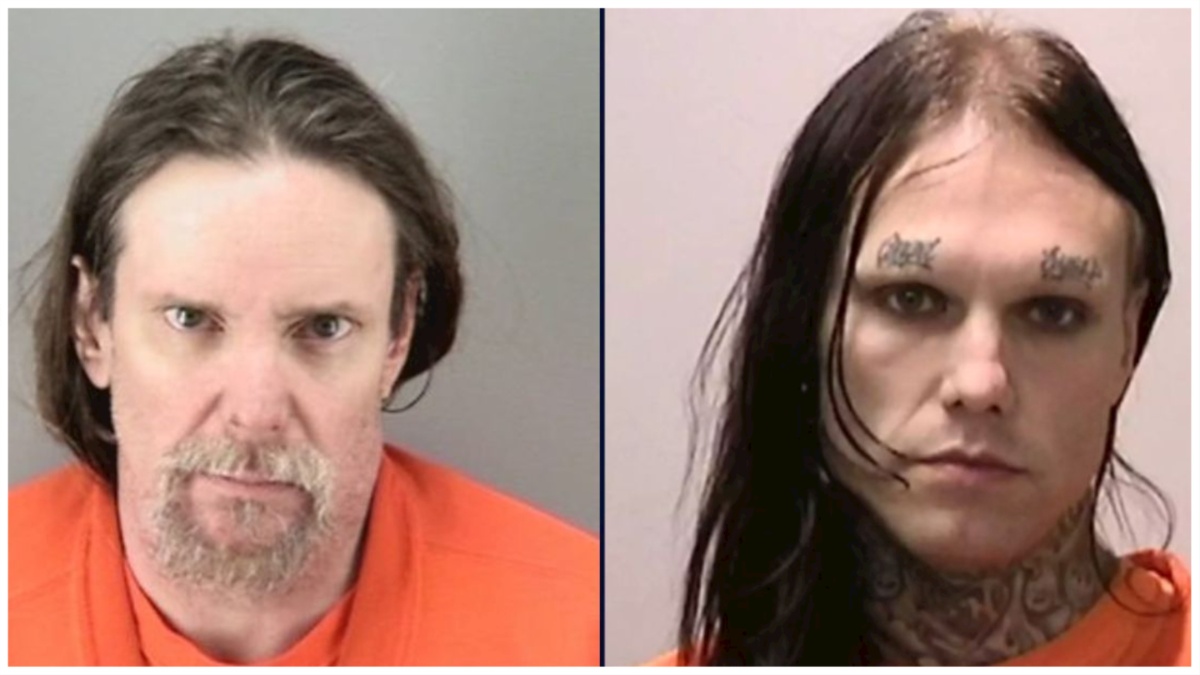

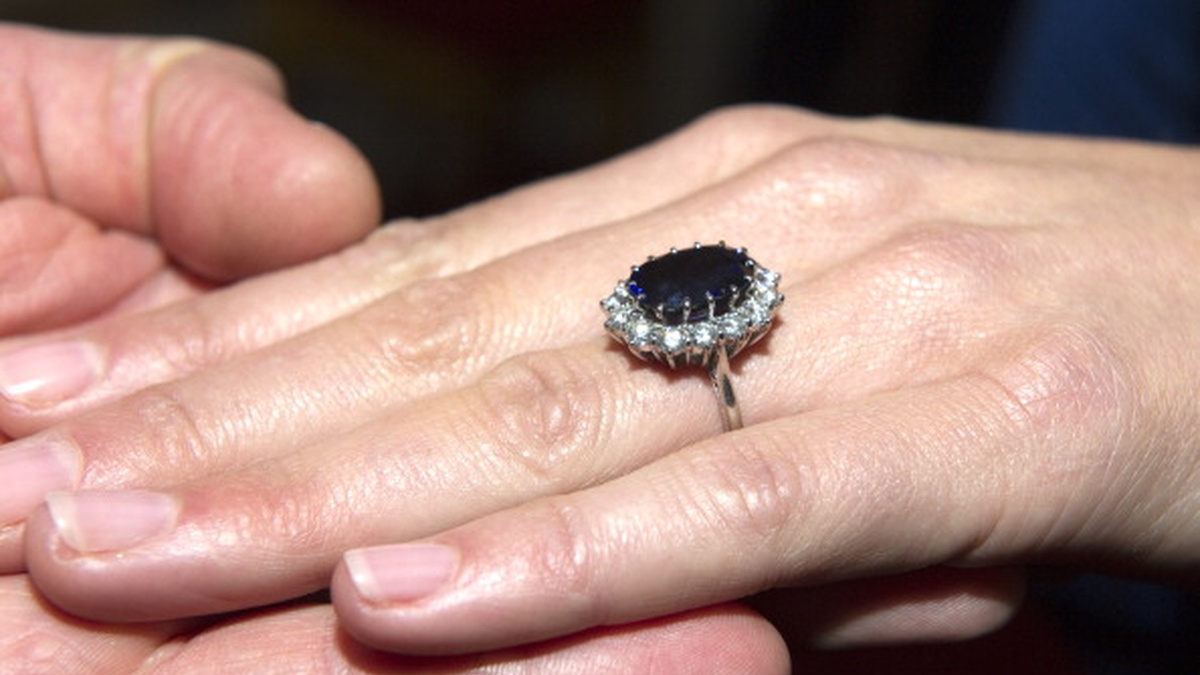

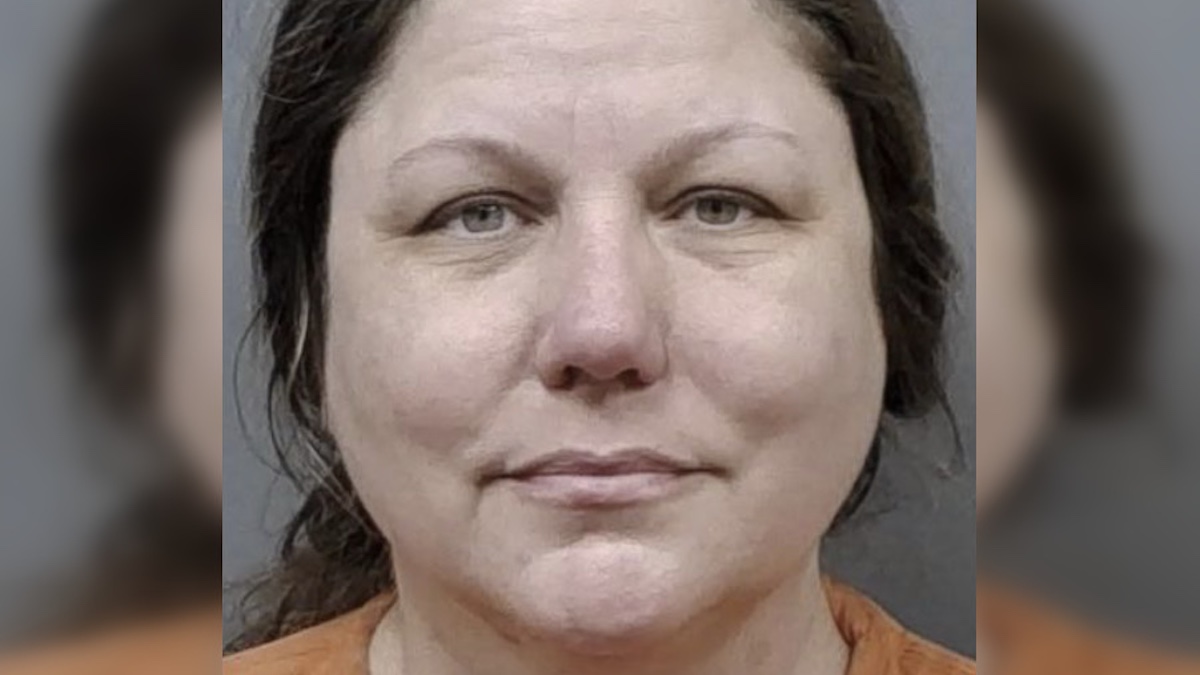
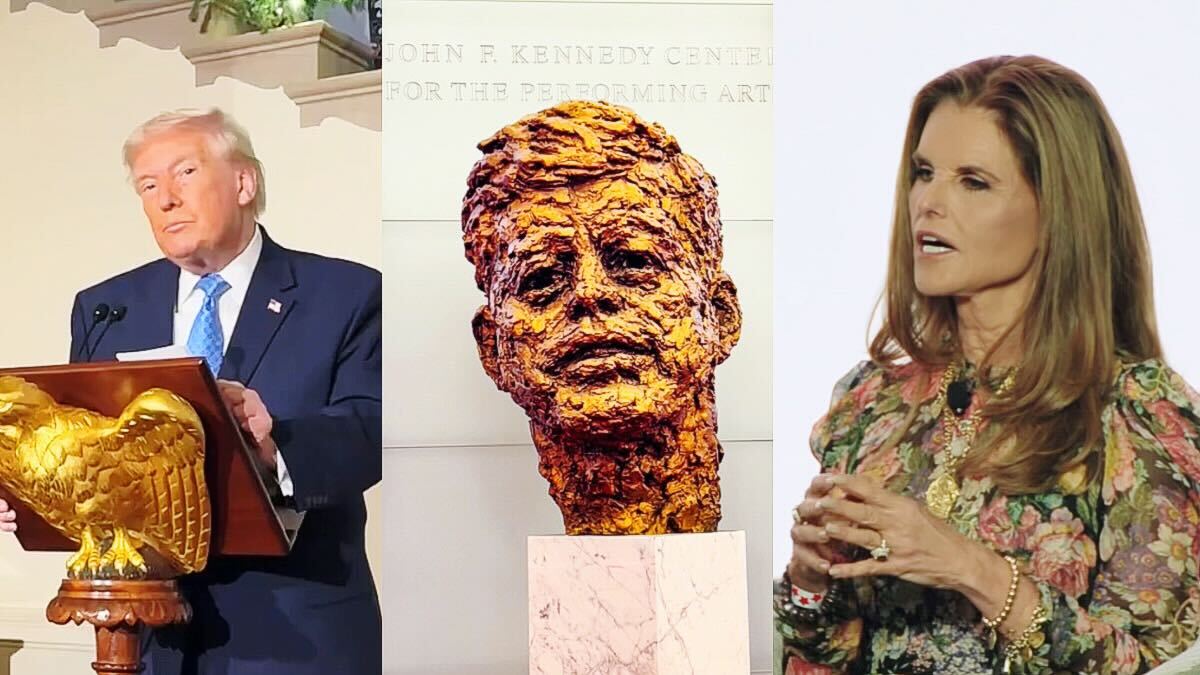
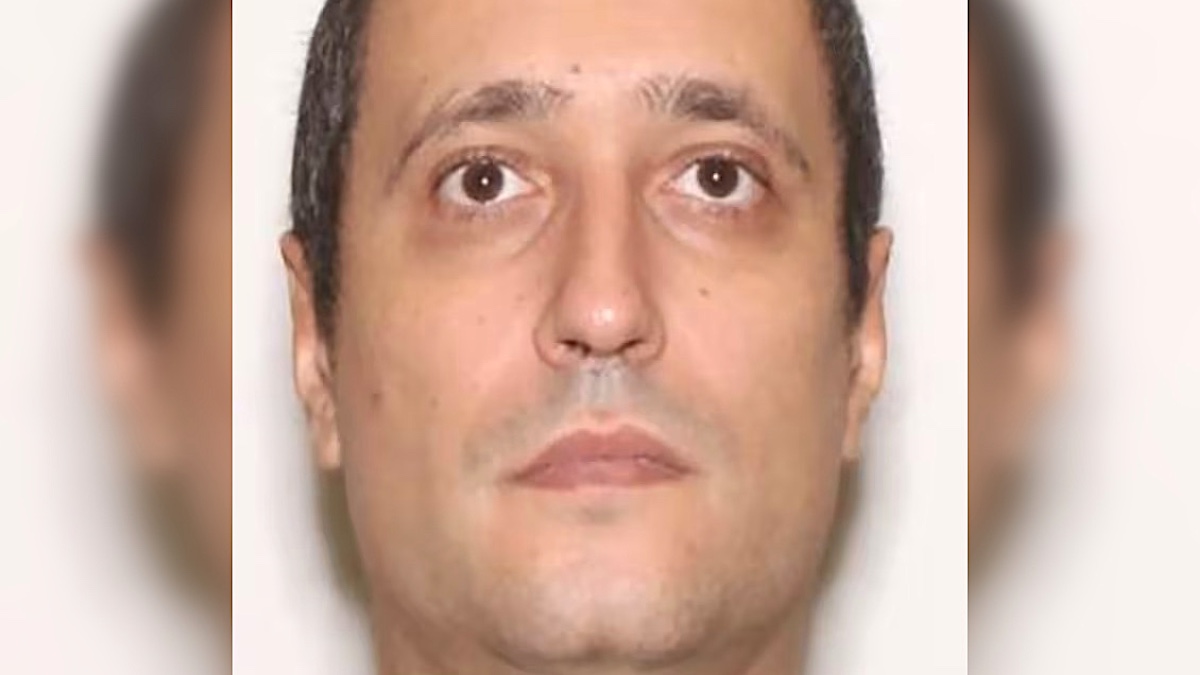



Published: Feb 6, 2024 12:38 pm